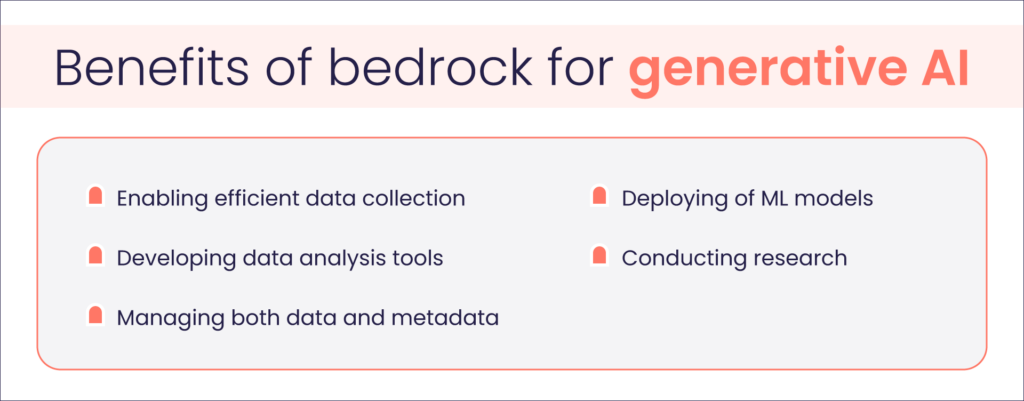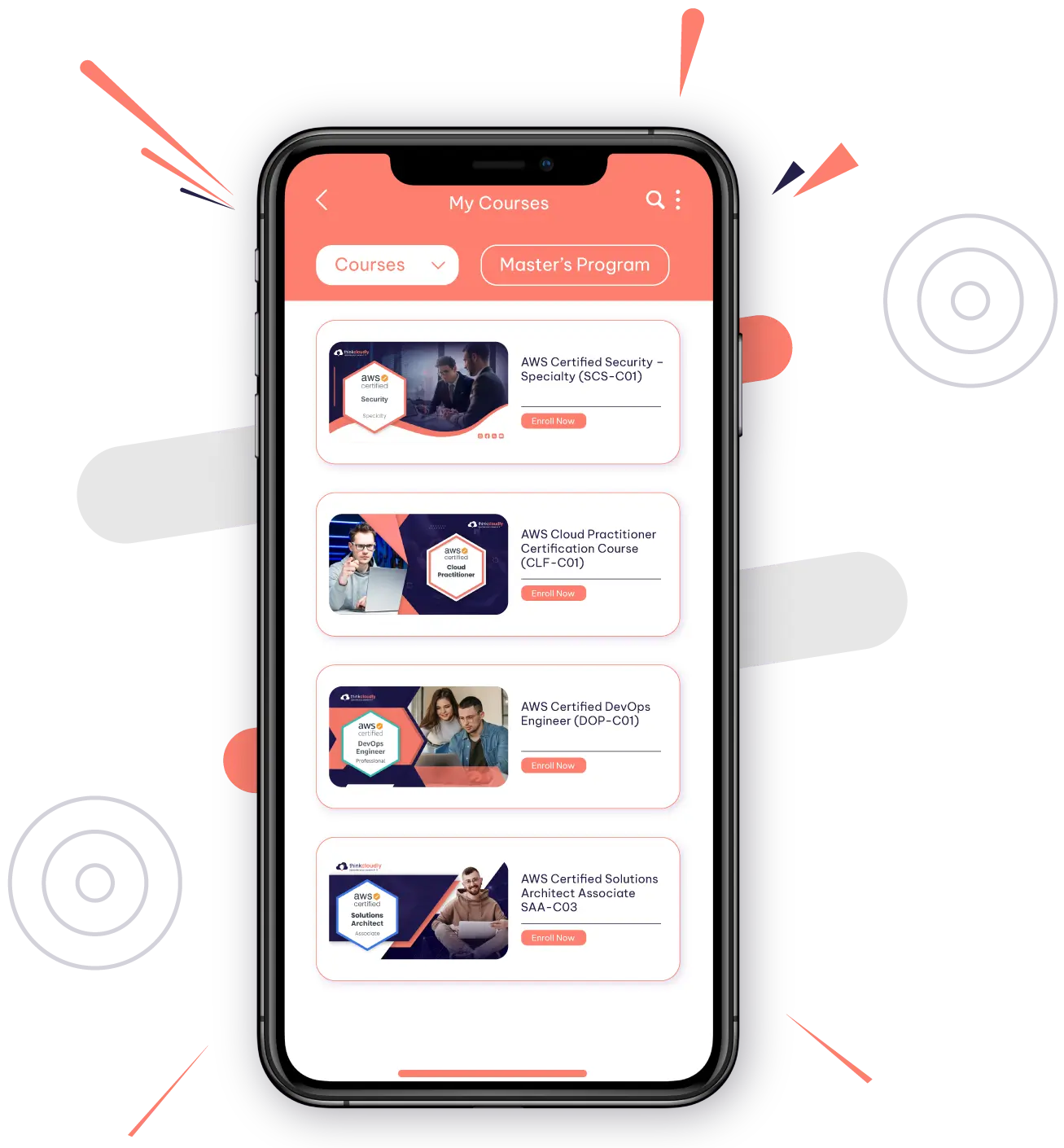Introduction
Preparing for the AWS Data Engineer certification includes an in-depth understanding of various AWS data engineering services and tools, as well as practical experience building, deploying, and maintaining data solutions on AWS. Here is a guide that will help you prepare for the certification exam.
Steps to follow for AWS Data Engineer Certification
Here’s a step-by-step guide to prepare for the AWS Data Engineer certification
1) Understand the exam blueprint
- Analyze the exam blueprints published by AWS to better understand the topics covered.
- Assess your skills and weaknesses in each exam area.
- Use the blueprint to develop a systematic study plan that focuses on key topics.
2) Gain hands-on experience
- To gain access to AWS services and tools, first create an AWS account.
- Build data pipelines, manage databases, and perform analytics with AWS services.
- Work on real-world data engineering projects to strengthen your knowledge.
3) Study AWS documentation
- Read the documentation for AWS services like Amazon S3, Amazon Redshift, and AWS Glue.
- Pay close attention to important features, use cases, and best practices.
- Examine complex topics, including security, scalability, and cost efficiency.

4) Take online courses and tutorials
- Enroll in AWS Data Engineer certification courses available through reputable online platforms.
- Follow planned study paths that address exam objectives.
- Use tutorials and practical labs to reinforce ideas.
5) Practice with sample questions
- To assess your exam preparation, take practice tests and answer sample questions.
- Analyze both correct and incorrect responses to better understand the underlying concepts.
- Improve your success by focusing on time management and exam strategy.
6) Review whitepapers and case studies
- Read AWS whitepapers about big data, data lakes, and analytics.
- Check out case studies of firms that have effectively used data engineering solutions on AWS.
- Extract best practices, architectural patterns, and real-world examples from whitepapers and case studies.
7) Stay updated with AWS announcements
- Follow AWS blogs, forums, and social media channels to stay updated on the latest news and releases.
- Join webinars, conferences, and AWS events to learn about new features and services.
- Incorporate newly announced AWS services and features into your study plan as needed.
8) Join study groups and forums
- Join online study groups and forums for AWS certification.
- Connect with other candidates by discussing exam topics, sharing resources, and asking questions.
- Collaborate on difficult topics and help each other during the certification process.
9) Review exam readiness training
- AWS offers exam preparation training sessions.
- View recorded sessions from the AWS Training and Certification website.
- Discover exam style, question types and strategies for successful exam preparation.
10) Simulate exam conditions
- Take timed practice tests in a simulated test environment.
- Mimic exam conditions by adhering to time limits and minimizing distractions.
- Assess your performance, identify areas for improvement, and adjust your study plan accordingly.
10 important things to know for beginners preparing for AWS Data Engineer certification
- Understanding AWS Services: Learn about key AWS services related to data engineering, such as Amazon S3 for storage, Amazon Redshift for data warehousing, and AWS Glue for data integration.
- Data Pipeline Concepts: Learn about data pipeline concepts such as data ingestion, transformation, storage, and analysis, as well as the tools and services that AWS provides to aid in these processes.
- Database Management: Learn about database management systems such as Amazon RDS (Relational Database Service) and Amazon DynamoDB (NoSQL Database), including principles such as scalability, availability, and security.
- Understand big data technologies like Amazon EMR (Elastic MapReduce) and Amazon Kinesis, which process and analyze massive amounts of data in real time.
- Data Lake and Analytics: Learn about data lake topologies and analytics tools like Amazon Athena and Amazon QuickSight to access and visualize data stored in an AWS data center.
- Data Security and Compliance: Learn about data security best practices, encryption technologies, and compliance regulations like HIPAA and GDPR that apply to data engineering on AWS.
- Familiarize yourself with serverless computing principles and services like AWS Lambda, which allow you to execute code without provisioning or managing a server.
- Machine Learning Integration: Learn how to incorporate machine learning models and algorithms into data pipelines using AWS services like Amazon Sagemaker.
- Cost Optimization: With AWS Cost Explorer, you’ll learn how to select the right AWS services, implement resource tagging, and monitor consumption.
- Practical Experience: Gain practical experience by working on AWS projects, configuring data pipelines, maintaining databases, and troubleshooting issues in a live AWS environment. Use AWS for data analyst tools and online labs to improve your skills and confidence.
Conclusion
Ultimately, studying for the AWS Data Engineer certification requires a combination of theoretical knowledge, practical experience, and strategic exam preparation. By following these procedures and dedicating enough time and effort to your studies, you will be well prepared to pass the exam and demonstrate your knowledge of data engineering on AWS.












No comment yet, add your voice below!